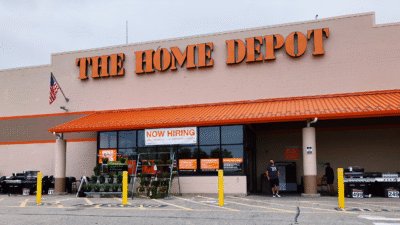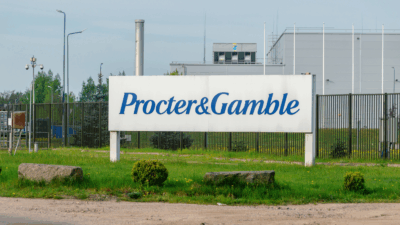
Sign up for smart news, insights, and analysis on the biggest financial stories of the day.
You’re not crazy: there are five fewer Kleenex in that box than normal.
Consumers may feel like their eyes are deceiving them, but companies have begun quietly shrinking the sizes of packages without lowering prices, sometimes even raising them. It’s called “shrinkflation,” an especially annoying consequence of rising consumer costs.
Honey, I Shrunk the Sour Patch Kids
We need not retread the well-worn inflation story — companies are desperately seeking to offset the rising costs of ingredients, packaging, fuel, and transportation.
Shrinkflation, or “down-switching,” has become an easy cheat to simply sell customers less stuff for the same price. The Associated Press took notes on what we’ll call the incredible shrinking grocery aisle:
- In the US, the AP found a small box of Kleenex comes with 60 tissues, down five from just a few months ago. Chobani Flips yogurts are now 4.5 ounces rather than 5.3. Procter & Gamble shrunk its Pantene Pro-V Curl Perfection conditioner from 12 fluid ounces to 10.4 and kept its $3.99 price tag. A box of Earth’s Best Organic Sunny Day Snack Bars now come one fewer with seven, still for $3.69. Dominos 10-piece chicken wings are now eight pieces but they’re still $7.99. You get the point.
- The tactic appears to be working. Pepsi, which changed the definition of “Party Size” Fritos Scoops from 18 ounces to 15.5 ounces, reported that operating profit rose 128% in the first quarter, well above the 11% in 2021.
“I’m not saying they’re profiteering, but it smells like it,” Hitendra Chaturvedi, a professor of supply chain management at Arizona State University, told the AP. “Are we using supply constraints as a weapon to make more money?”
The Less Part of Waking Up: Folgers shrunk its 51-ounce containers to 43.5 ounces but says they still make 400 cups of coffee, citing a new technology that makes lighter-weight beans. Sure.











